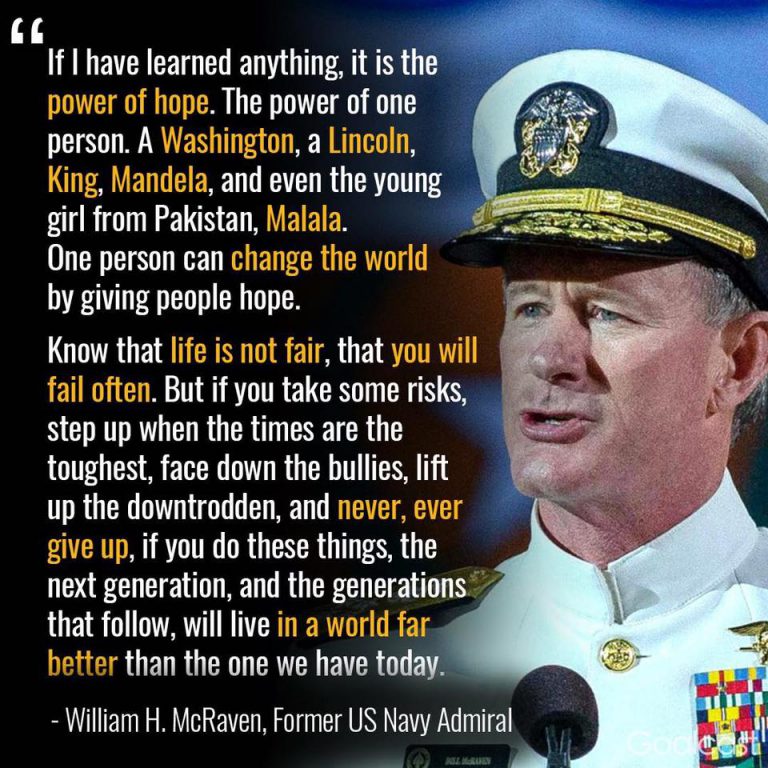Firefighting culture: Can it be eliminated?
When companies or projects keep getting or being in trouble, the internal processes keep on changing, departments starting to work in silos and the people starts developing signs of culture disorganization or many other shortcomings creeping up in the entire organization and the only thing that management can do to manage them is to continuously fixing the problems; we call it “firefighting” and it is one of the most serious problems facing many managers of complex, change-driven processes.
Are you firefighting? Let’s diagnose it:-
- We need 36 hours a day because there isn’t enough time to solve the issues. And there are more issues popping-up every single day!
- There seems to be no solutions or the process is incomplete. Problems cannot be solved due to other issues arising from the main problem. Many problems are patched and not solved due to the underlying causes not fixed properly.
- Similar issues recur and cascaded. When the problem is patched, the incomplete treatment causes old problem to reemerge or actually lead to new problems, sometimes spreading throughout the entire organization.
- Urgency and “know-who” supersedes importance. Ongoing problem-solving efforts, i.e. reviewing policies, developing new processes or even enforcement, are repeatedly interrupted or deferred because fires must be extinguished.
- Most issues become crisis. Problems hidden until they flare up, often caused damage to the reputation or the organization as a whole.
- Organization and Staff performance drops. So many problems are solved inadequately and so many opportunities forgone that affect overall performance. Somehow it will also affect the way people do business due to raising misconducts. Rule of thumb: High engagement Low misconduct, vice versa.
Why does this happen? According to 2014 HR Policy Practices Survey, the biggest issues of ineffectiveness in the enforcement of organization policies are as follows:-
52{17c0c7c8a24a6e48bfe42b0bbfddcb5c572fb0da1c5859adba1973bf3b84029b} agrees that some management team members don’t enforce any policies;
32{17c0c7c8a24a6e48bfe42b0bbfddcb5c572fb0da1c5859adba1973bf3b84029b} agrees that management enforce only some of the policies, particularly skewed on their side; and
29{17c0c7c8a24a6e48bfe42b0bbfddcb5c572fb0da1c5859adba1973bf3b84029b} agrees that the policies need to be updated.
Typical management practices actively encourage firefighting to continue running in the organization. Over time, the standard policies and practices can change and grow with the businesses and prevent firefighting in the organization. This is often a good thing if the change is implemented properly. The first step in proper implementation is to update any outdated or unused policies and procedures and to enforce the policies uniformly each time the issue arises. This will ensure consistent implementation of such policies across the entire workforce, which will reduce the risk of operations failure, legal suit, disparate treatment and any other discrimination claims by staff.
Issues of firefighting must be classified as one of the important risks in the organization. Establishing the right tone at the top is much more than a compliance exercise because it demands that leaders especially the CEO in finding ways to connect with people inside and outside the organization. They are the face of the organization and the figurehead to whom staff ultimately look for vision, guidance and leadership.
– See more at: https://visual.ly/2014-workplace-policies-hr-policy-practices#sthash.uyhSgwxc.dpuf
Related articles









